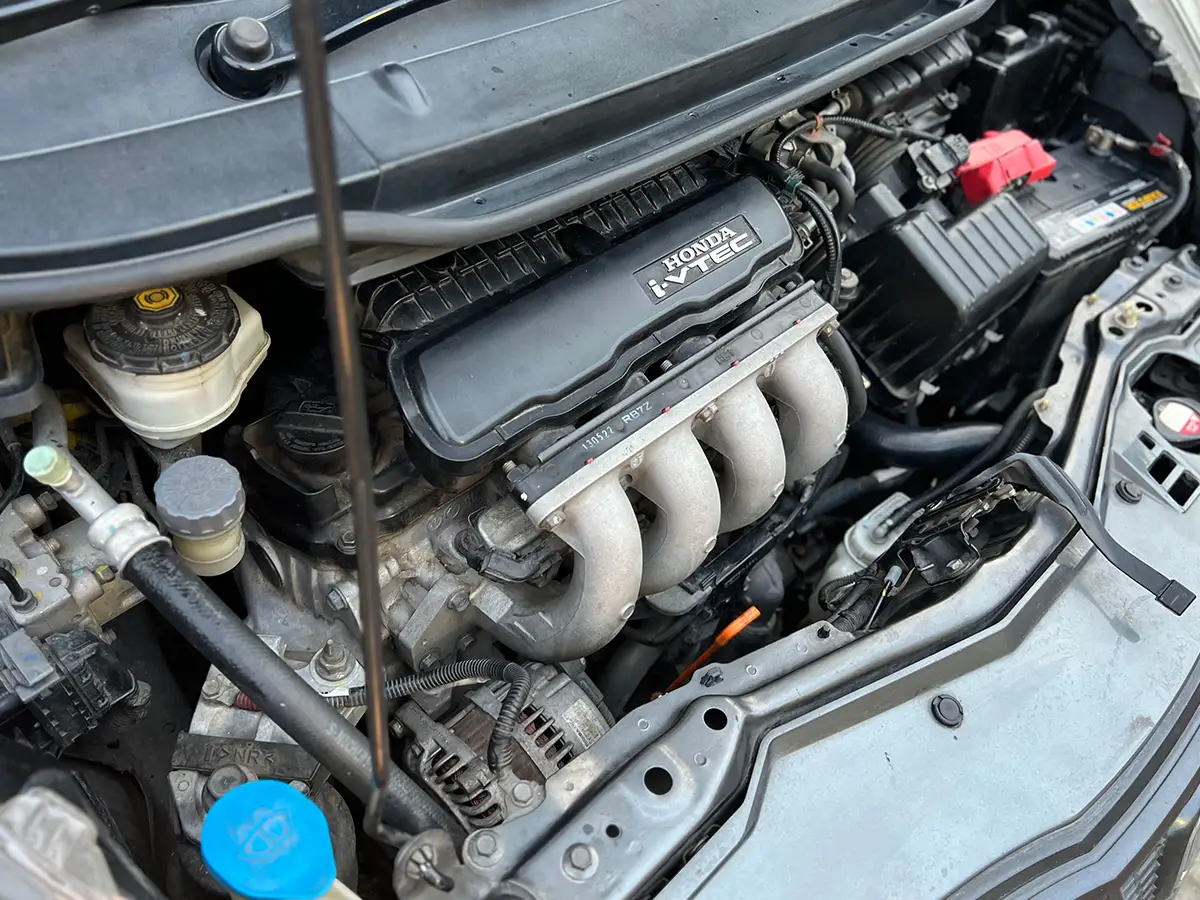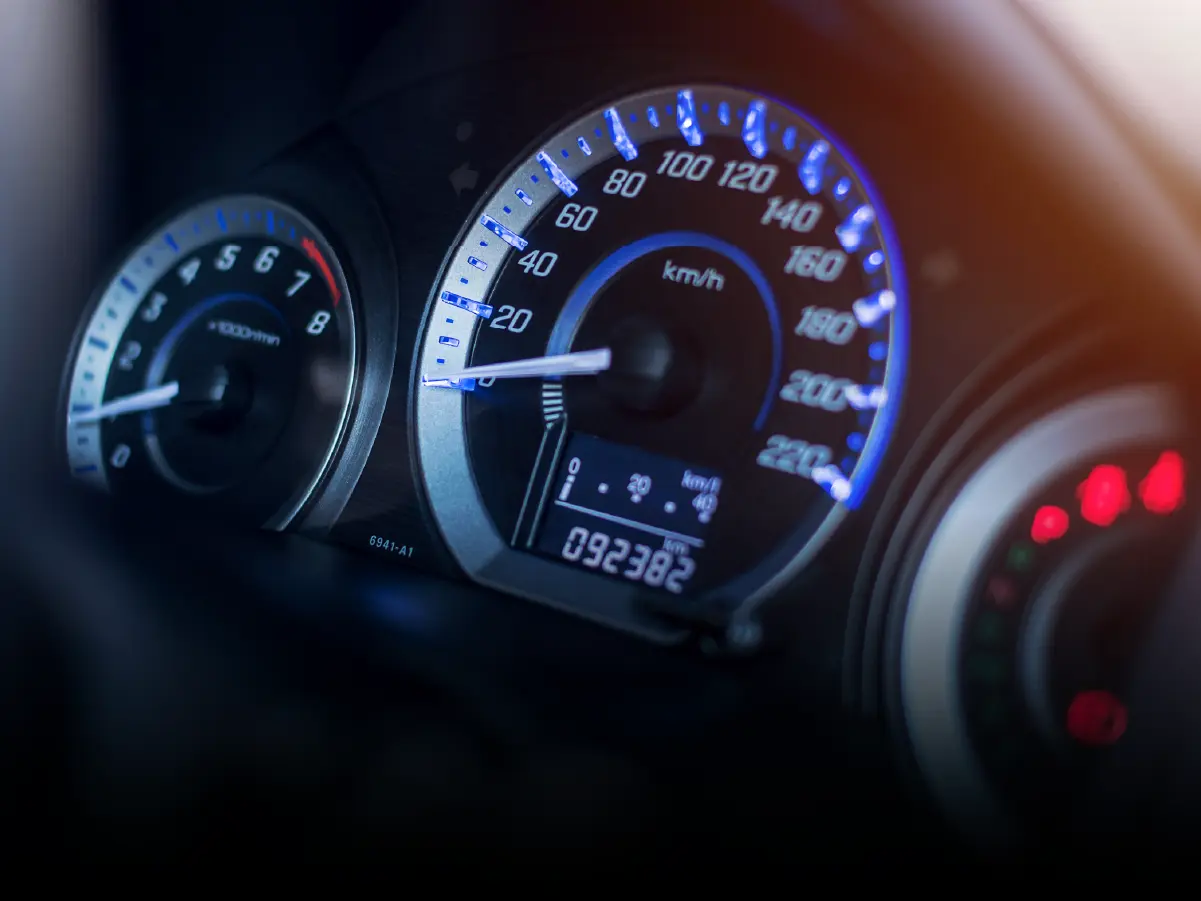

Engine Bay Inspection Before Purchase: Oil Leaks, Battery Health, and Fluid Levels
- 1Spot oil leaks and engine wear early before buying a used car
- 2Check battery, fluid levels, and belts for reliable performance
- 3Professional inspections reveal hidden engine issues fast
Purchasing a used car is never solely based on appearances. You may notice the spotless seats and glossy paint job, but what really counts is what's underneath. A thorough examination of the engine bay, which is the center of the vehicle, can reveal information that the seller may not. Many purchasers neglect this step, leading to unforeseen repairs later on. By understanding the signs and knowing what to look for, you can prevent that scenario.
Importance of Engine Bay Inspection
The engine is not only the most expensive part of the car but also the one that decides reliability. Small problems in the engine bay can quickly grow into major expenses if ignored. A simple visual check can reveal leaks, worn components, or poor maintenance. These early signs often give you a clue about how the car has been treated by its previous owner. A neat engine bay with healthy fluids and a solid battery usually reflects responsible care. On the other hand, a messy one with odd smells or stains should raise concern. Here are the things that require your attention while inspecting the engine bay.
Spotting Oil Leaks
Any engine's lifeblood is oil, and the whole system can suffer if it leaks. Hence, it is essential to examine the vicinity of the timing cover, the oil pan, and the valve cover gasket. Wet surfaces or oily areas indicate oil leaks. The same problem is indicated by new oil stains beneath the parked vehicle. Never ignore the small seepages that can lower oil levels. Engine wear eventually results from overheating and friction caused by low oil circulation. Oil leaks must be found early because fixing them can be costly. An engine that has been properly maintained should be free of residue and damp spots.
Understanding battery health at first glance
A car’s battery is an important part as it plays a big role in starting up the engine. Without it the engine will not start, and electronic systems will not work. During an inspection, check the battery terminals for any greenish or whitish build-up, which is a sign of corrosion. Make sure the clamps hold firmly and the wires are not loose.
A battery health dashboard warning light or a weak cranking sound during ignition suggests a tired battery. Even though changing a battery doesn't cost as much as fixing an engine, it still increases your costs. In addition to reliably starting the vehicle, a robust battery helps the alternator maintain a steady power supply.
Check All The Fluid Levels
Various fluids are necessary for engines to run smoothly. Every fluid has a distinct colour and function. Verify that the coolant reservoir's level falls between the minimum and maximum indicators. Poor maintenance or leaks could be the cause of low coolant. Another crucial one is brake fluid since a drop in level can compromise safety. Additionally, the levels and clarity of the transmission fluid should be examined.
Check if the car has a hydraulic power steering system or an electric one. If it is hydraulic, do check the fluid level for the same. Because visibility is important on the road, even the washer fluid must be present. You should pay attention if any of these fluids appear unclean, smell burned, or fall short of the recommended levels. Clean and adequate fluids are essential for a healthy vehicle.
Reading the overall condition of the engine bay
A clean space with properly routed wires, intact belts and dry surfaces shows care. On the other hand, rusted loose bolts or taped connections reveal shortcuts and poor upkeep. Listen for unusual noises when the engine runs, such as ticking or knocking. Along with all these, you must look out for smoke or odd smells because they often signal hidden issues. Do not rush this part of the inspection, as it is your best chance to judge the true health of the car.
Why professional help makes a difference
Even though you can check a lot of things on your own, some issues remain hidden if you don't have the proper tools. Professional car inspectors test all mechanical systems, wiring harness, sensors, belts and hoses, battery voltage, fluid quality and levels by using specialised scanners and equipment. These inspections reveal flaws that a cursory glance might overlook. A small coolant leak, for instance, might only be detected during pressure testing. Additionally, a skilled eye can detect whether any parts have been altered or replaced. It's always a good idea to hire an expert inspector if you want total peace of mind.
If you want a detailed and unbiased evaluation of a car before making the final payment, then you can book a Pre Delivery Inspection with professionals who examine every critical point and provide a clear report.
Conclusion
A car's engine bay is its lifeblood, and neglecting it now could have serious consequences later. Every component requires attention, from fluid levels and battery health to oil leaks. You can avoid repairs and breakdowns by taking a few minutes to carefully inspect. Seek professional advice and let experts handle the heavy lifting if you have any doubts about what you see. Since the real truth is found there, a savvy buyer always looks under the hood.
Frequently Asked Questions
Expand all


























